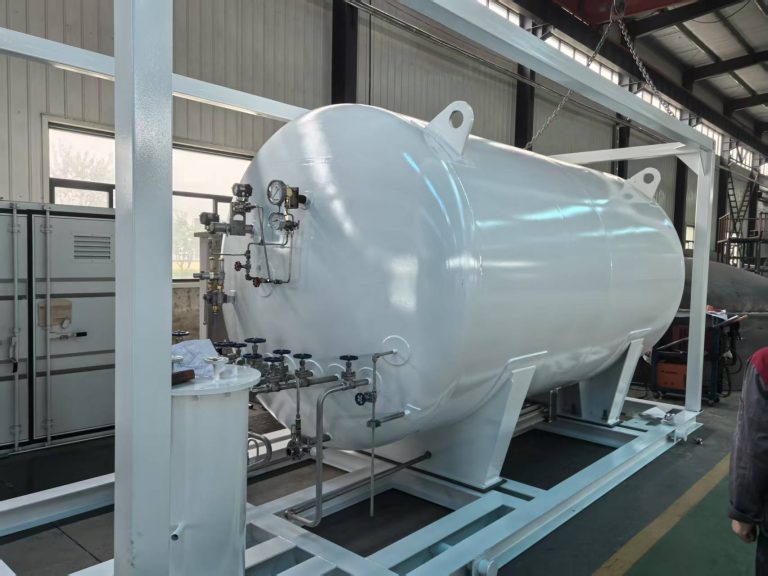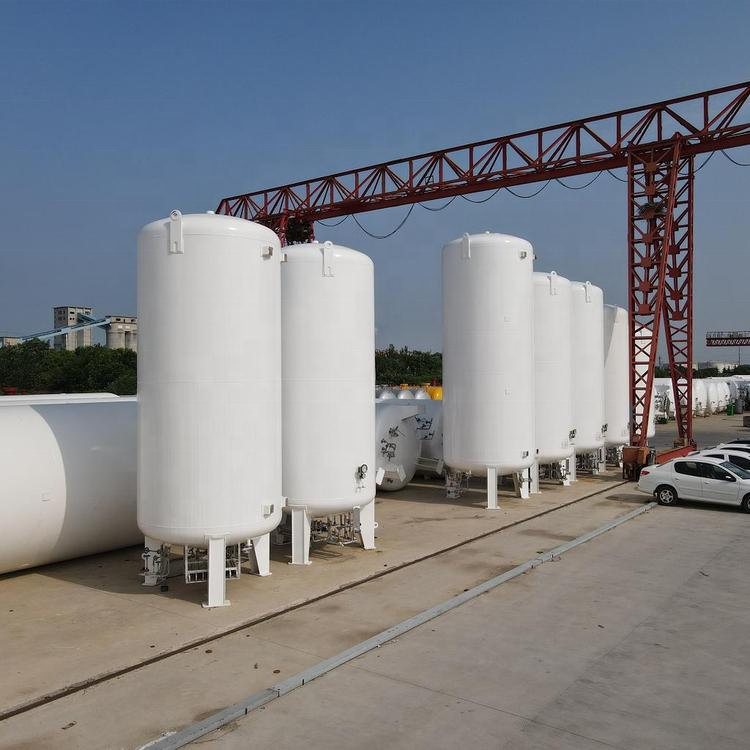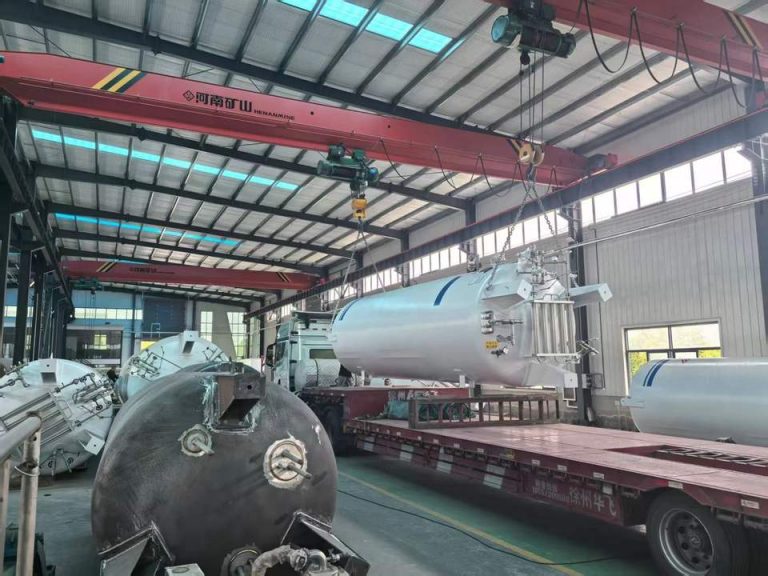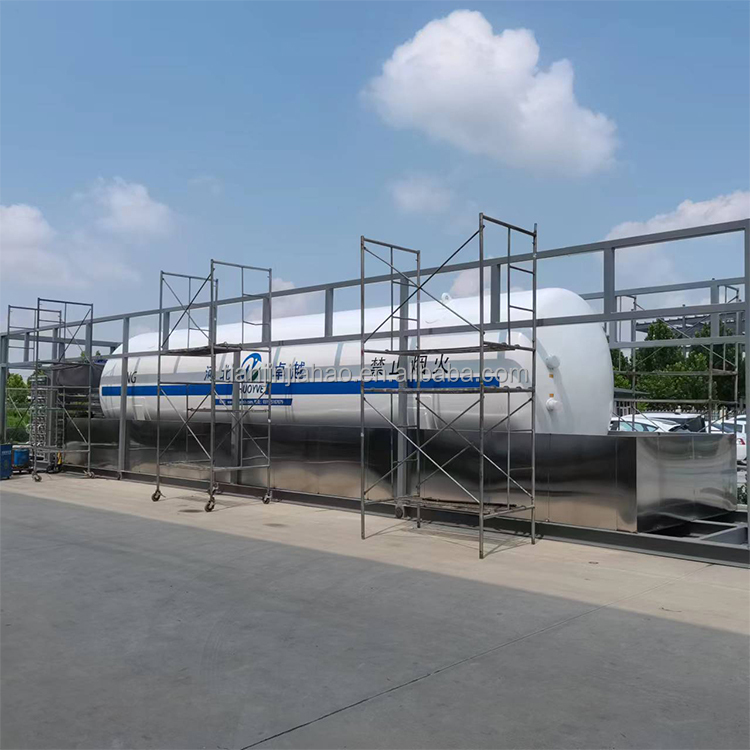A Key Solution for Efficient Ethylene Storage in the Industry
As one of the world’s highest-volume chemical products, ethylene serves as a core pillar of the petrochemical industry. Its output accounts for over 75% of all petrochemical products, holding pivotal importance in national economies. Ethylene production has become a key indicator of a nation’s petrochemical development level. In ethylene storage, the double-walled cylindrical vacuum powder insulation structure stands out as the ideal choice for ensuring safe and efficient storage due to its exceptional performance.
Double-Layer Cylindrical Vacuum Powder Insulation Structure: A Model of Efficient Thermal Insulation
This storage tank employs a double-layer cylindrical design. The inner cylinder, specifically engineered for ethylene containment, utilizes S30408 stainless steel. This material offers outstanding corrosion resistance and mechanical strength, ensuring no adverse reactions with ethylene during long-term storage and safeguarding the purity and safety of the stored medium. The head section employs a standard elliptical design, offering high structural stability to withstand internal pressure while effectively reducing stress concentration, thereby extending the tank’s overall service life.
The outer shell, exposed to atmospheric conditions, is constructed from Q245R low-alloy steel. This material offers excellent weldability and mechanical properties, withstanding external environmental impacts to provide robust external protection for the tank. An eight-point support structure is employed between the inner and outer shells. This design evenly distributes the tank’s weight and internal pressure, ensuring stability and safety during operation.
Exceptional Thermal Insulation: Optimal Combination of Interlayer Thickness and Insulation Material The interlayer thickness reaches 250mm, filled with pearlite sand insulation material and evacuated to create a vacuum. As a premium insulation material, pearlite sand possesses an extremely low thermal conductivity, effectively minimizing heat transfer to maintain stable low-temperature storage of ethylene. The vacuum treatment further reduces gas heat conduction within the interlayer, maximizing insulation performance.
At shipment, both the inner and outer layer interlayer pressures exceed national standards, and the vacuum level surpasses national requirements. These stringent specifications ensure the tank exhibits an extremely low daily evaporation rate. In practical operation, this means the tank can maintain ethylene’s low-temperature state for extended periods, minimizing evaporation losses, enhancing storage efficiency, and reducing operational costs.
Convenient Operation and Precise Monitoring: Seamless Integration of Valves and Instrumentation
The tank is equipped with a complete set of valves and instrumentation for operation. Through these valves and instruments, operators can easily control liquid inflow and outflow. Whether injecting ethylene into the tank or discharging it, precise adjustments via valves ensure operational accuracy and safety.
Simultaneously, the instrumentation system provides real-time monitoring of tank pressure and liquid level. Pressure gauges accurately display internal tank pressure, allowing operators to promptly adjust parameters based on pressure fluctuations to prevent damage from excessive or insufficient pressure. Level gauges clearly indicate ethylene liquid height within the tank, providing operators with precise level information for efficient inventory management and production scheduling.
Conclusion
The double-walled cylindrical vacuum powder insulation structure for ethylene storage tanks has become an indispensable storage solution in the ethylene industry due to its highly efficient insulation, stable reliability, and user-friendly operation. It not only ensures the safe storage of ethylene but also enhances storage efficiency and reduces operational costs, providing robust support for the sustainable development of the petrochemical industry. With the continuous advancement of petrochemical technology, this tank structure is poised to play an increasingly vital role in the future.






